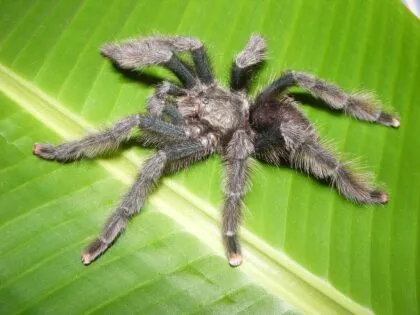Pink Toe Tarantula Life Cycle 5 Key Facts
The Pink Toe Tarantula (Avicularia avicularia) is a captivating species, and understanding its life cycle is crucial for providing the best care and appreciating its unique traits. This guide explores the key stages these fascinating arachnids go through, from the initial egg sac to the mature adult. By learning about these stages, you’ll gain insights into their development, behaviors, and specific needs. Whether you’re an experienced tarantula keeper or a curious beginner, this overview will provide you with the essential information needed to ensure your Pink Toe Tarantula thrives. Let’s dive into the amazing journey of this remarkable creature and uncover 5 key facts about its life cycle.
Egg Sac and Spiderlings
The Pink Toe Tarantula’s life begins with the egg sac, a silken cocoon meticulously crafted by the female after mating. This sac protects the developing eggs. Within the egg sac, the eggs develop safely, shielded from external threats. The female diligently guards the egg sac, often carrying it or placing it in a secure area within her enclosure, ensuring the eggs receive optimal conditions for development. This stage is critical, impacting the health and survival of the future spiderlings. The egg sac demonstrates the female’s maternal instincts and her role in perpetuating the species. Egg sacs usually contain between 50 and 200 eggs, depending on the female’s size and overall health. The careful protection provided by the mother spider is essential for the survival of her offspring.
The Formation of the Egg Sac
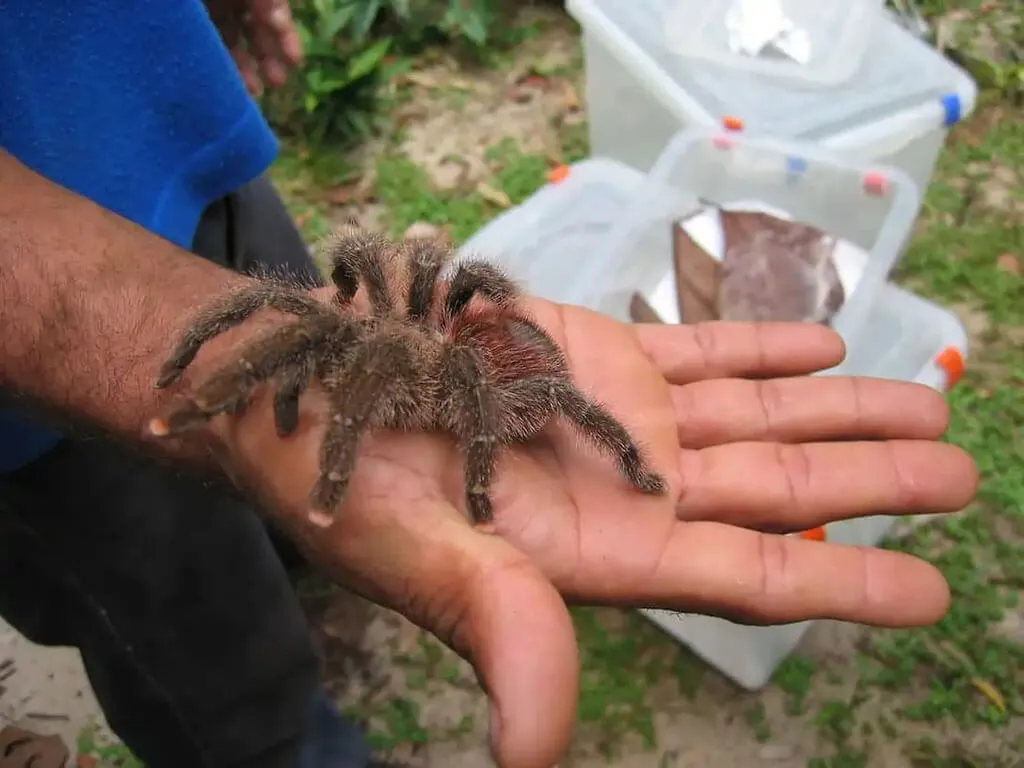
After successful mating, the female Pink Toe Tarantula begins producing an egg sac. This process starts with the fertilization of the eggs, which she then encloses within a protective silk sac. This silk is specially produced by the tarantula, creating a safe environment for the developing eggs. The female meticulously weaves the silk, ensuring the eggs are well-protected from harm. She then seals the sac and often guards it closely within her enclosure. The formation of the egg sac is a complex behavior that reflects the tarantula’s commitment to its lineage. The female’s actions during this time directly influence the survival of her offspring, and her protective behavior is a remarkable aspect of their biology. The egg sac is a testament to the female tarantula’s dedication to her young.
Spiderling Emergence and Early Development
After several weeks, spiderlings emerge from the egg sac. These tiny versions of adult Pink Toe Tarantulas are initially fragile and dependent on their environment for survival. They undergo their first molt within a few weeks of emerging, shedding their exoskeletons to grow. During this early phase, maintaining high humidity and providing small, easily accessible food items, such as flightless fruit flies or pinhead crickets, is crucial. The spiderlings begin to explore their surroundings, and their behaviors start to develop. Careful handling and observation are essential for their well-being during this time. The first few months of a spiderling’s life are critical, influencing its future growth and overall health. It’s during this time that the spiderlings establish their feeding habits and develop their hunting skills.
Molting and Growth Stages
Molting is a fundamental process in the life of a Pink Toe Tarantula. As an invertebrate, the tarantula’s exoskeleton doesn’t grow; therefore, it must shed its old skin to allow for growth. The molting process involves creating a new, larger exoskeleton beneath the old one. The tarantula then sheds the old exoskeleton, revealing its new, larger body. This process is repeated throughout its life, though the frequency decreases as the tarantula ages. Each molt marks a significant step in the tarantula’s development, enabling it to increase in size and progress toward adulthood. Molting is a vulnerable time for the tarantula, making it important to provide a stable environment without disturbances.
Understanding the Molting Process
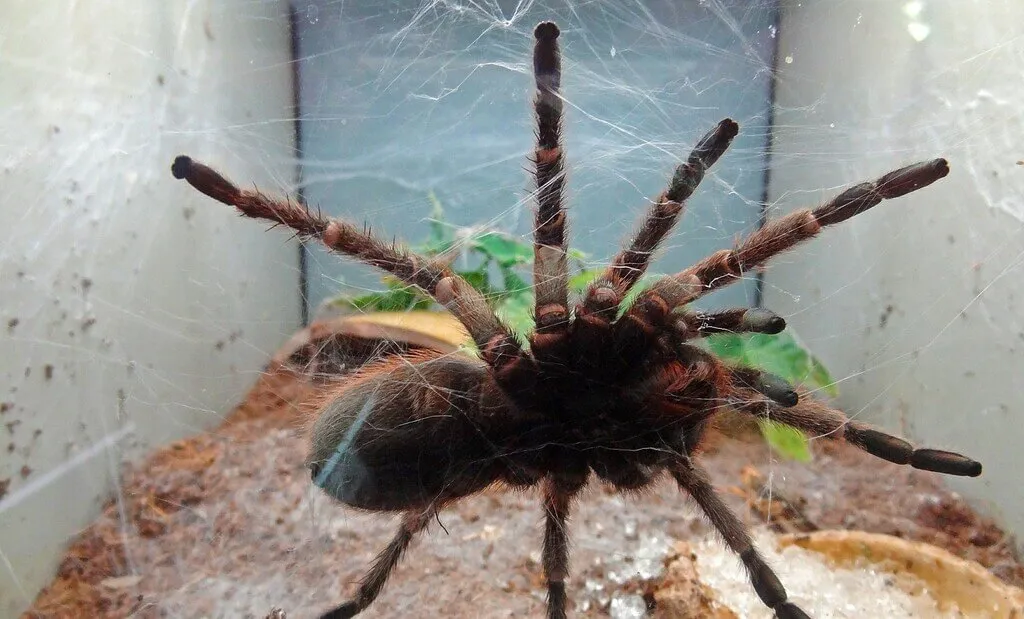
Molting is a remarkable event in the life cycle of a Pink Toe Tarantula. The tarantula prepares for molting by creating a new exoskeleton beneath its existing one. This process can take several weeks, during which the tarantula may appear lethargic and refuse to eat. Just before molting, the tarantula will often lie on its back, a posture that aids in shedding the old exoskeleton. The actual molt itself can take anywhere from a few minutes to several hours. Afterwards, the new exoskeleton is soft and vulnerable, and the tarantula needs time to harden. It is crucial not to disturb the tarantula during molting, as any interference could be fatal. Proper humidity and a safe, stress-free environment are essential for a successful molt. This is a particularly delicate time for the tarantula, making it vital to avoid any potential stress.
Growth Rates and Factors Influencing Molting
The growth rate of a Pink Toe Tarantula is influenced by several factors, including age, diet, temperature, and humidity. Spiderlings molt more frequently than adults, sometimes every few weeks. As the tarantula ages, the molting frequency decreases. A diet rich in appropriate insects promotes healthy growth. Maintaining optimal temperature and humidity levels is critical, as these conditions directly affect the tarantula’s metabolism and molting frequency. Environmental stressors, such as fluctuations in temperature or humidity, can disrupt the molting process. Providing proper care ensures the tarantula grows and molts successfully, contributing to its overall health and longevity. A well-cared-for tarantula will molt regularly and grow steadily throughout its life. Adequate nutrition and a stable environment are essential for healthy molting.
Subadult and Adult Stages
As the Pink Toe Tarantula molts and grows, it progresses through various stages. The subadult stage is the period just before the tarantula reaches sexual maturity. During this stage, the tarantula’s appearance and behavior start to resemble those of an adult. Adults are fully developed and capable of mating and reproduction. The adult stage represents the culmination of the tarantula’s life cycle, and it can last for several years, depending on factors like sex, diet, and environment. Adult females tend to live longer than males and can continue to molt and reproduce throughout their lives. The transition to adulthood is a significant milestone in the Pink Toe Tarantula’s life, marking its full development. At this stage, the tarantula is prepared to contribute to the continuation of its species.
Distinguishing Features of Subadults and Adults
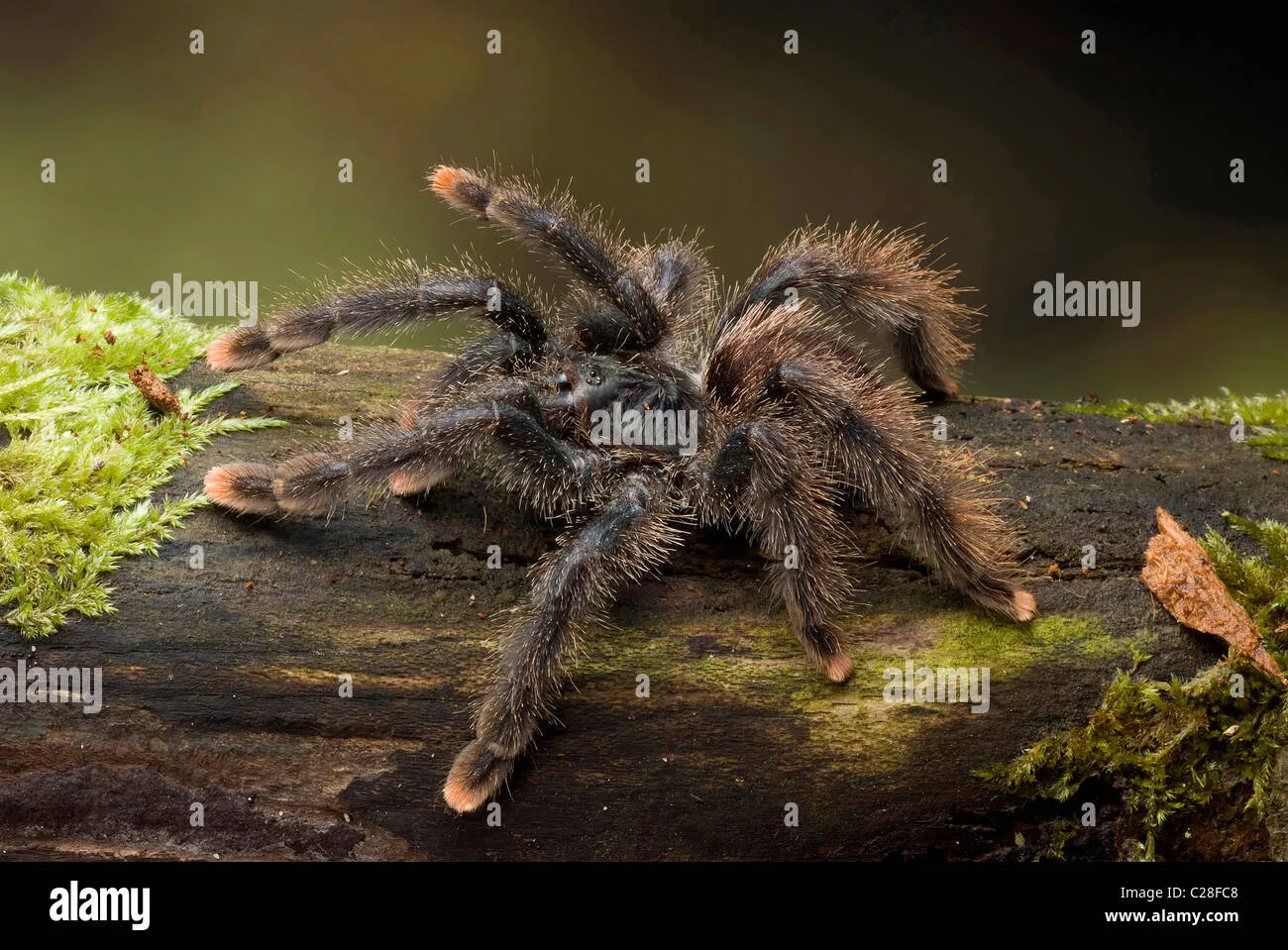
Distinguishing between the subadult and adult stages of a Pink Toe Tarantula can be done by observing their physical characteristics and behavior. Subadults and adults display clear differences. The color of the tarantula’s ‘pink toes’ becomes more prominent as they mature. Adult males often exhibit distinct features, such as the presence of palpal bulbs on their pedipalps (used for mating) and tibial hooks on their front legs. Adult females are typically larger than males. The presence of these features, along with their overall size and behavior, helps in distinguishing between the subadult and adult stages. Careful observation and experience contribute to accurate identification. Recognizing these differences is important for proper care and breeding.
Mating and Reproduction
Mating and reproduction are key parts of the adult Pink Toe Tarantula’s life cycle. The process begins with the male’s search for a receptive female. He often constructs a sperm web and deposits his sperm, which he then transfers to his palpal bulbs. When he finds a suitable female, he approaches carefully. Courtship behaviors include drumming on the female’s enclosure and gentle approaches. If the female is receptive, mating occurs. After mating, the female will produce an egg sac. The male often faces the risk of being eaten by the female if she is not receptive or if conditions are not ideal. Successful mating and reproduction ensure the continuation of the Pink Toe Tarantula’s lineage, adding a new generation to their life cycle. This process is essential for the survival of the species.
Lifespan and Environmental Factors
The lifespan of a Pink Toe Tarantula is significantly influenced by various environmental factors. The average lifespan of females can range from 10 to 12 years, while males tend to live for 3 to 5 years. The environmental conditions within their habitat greatly impact their longevity. Optimal temperature, humidity, and a balanced diet are crucial for a long and healthy life. Avoiding stress and providing a secure environment also contribute. The Pink Toe Tarantula’s lifespan reflects the quality of care and the conditions it receives, making it essential to create a suitable habitat to maximize its well-being and extend its lifespan. Proper care makes a significant difference in their longevity and overall quality of life. Careful attention to these factors is paramount.
Average Lifespan of Pink Toe Tarantulas
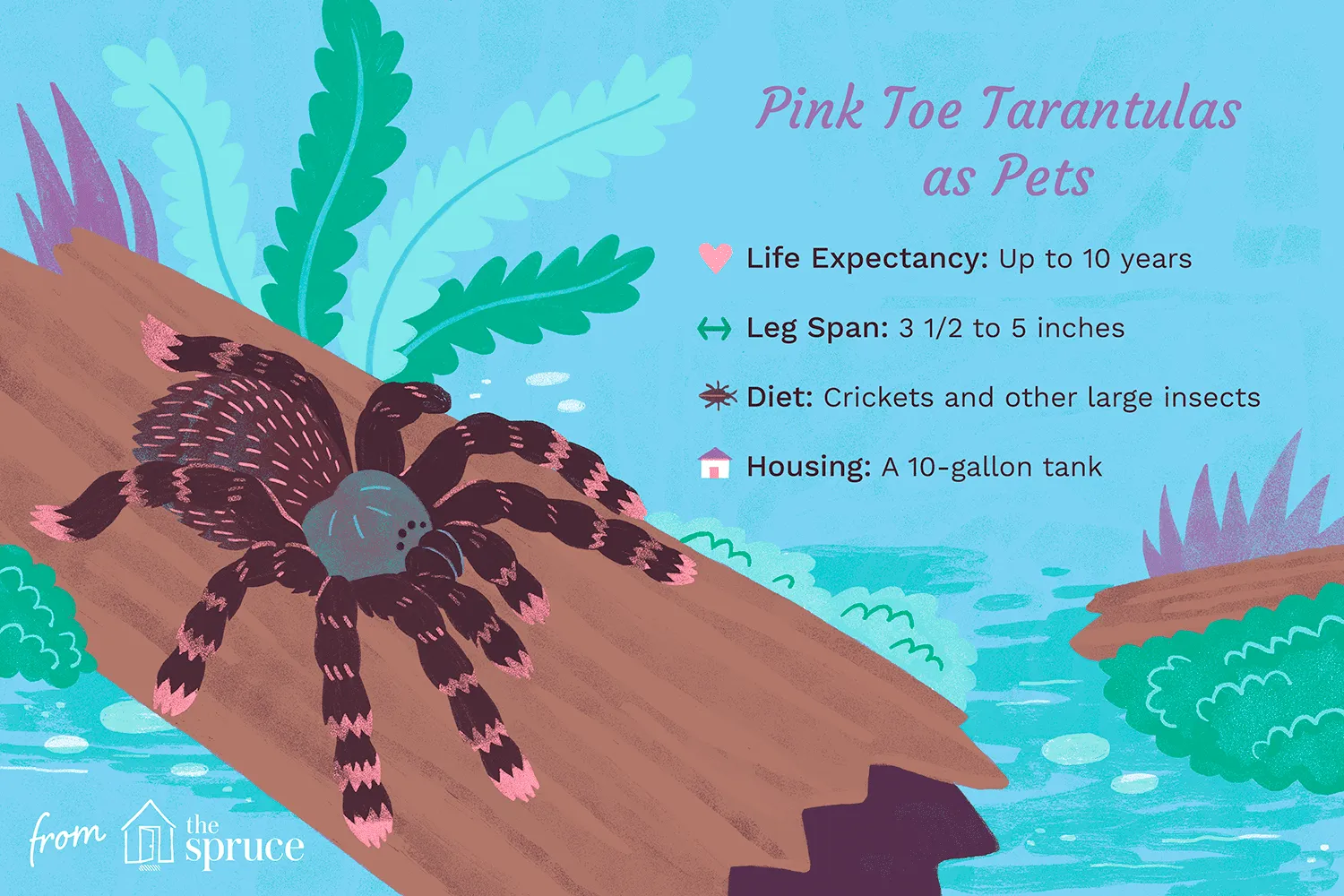
The average lifespan of Pink Toe Tarantulas varies, depending on their sex. Female Pink Toe Tarantulas generally live longer than males. On average, females can live for 10 to 12 years, while males have a shorter lifespan of 3 to 5 years. The shorter lifespan of males is often related to the risks associated with mating and their behaviors after reaching sexual maturity. Various factors influence their lifespan, including genetics, diet, environmental conditions, and the quality of care they receive. Providing a suitable habitat, maintaining consistent temperatures and humidity levels, and a varied diet are all critical for maximizing their lifespan. A well-cared-for Pink Toe Tarantula has the potential to live a long and fulfilling life, offering years of fascination.
Impact of Temperature, Humidity, and Diet
The environmental factors of temperature, humidity, and diet have a profound impact on the Pink Toe Tarantula’s life cycle. The correct temperature range promotes proper metabolism and successful molting. Maintaining the right humidity level is crucial for hydration and successful molting. A balanced diet provides essential nutrients for growth, molting, and overall health. Inadequate temperatures, low humidity, or an unbalanced diet can lead to health problems, stunted growth, and a reduced lifespan. Proper care involves monitoring temperature and humidity, providing fresh water, and offering a varied diet of insects. Creating an environment that meets these needs helps ensure the well-being and longevity of your Pink Toe Tarantula. Paying close attention to these elements is key to providing a thriving environment.
Common Health Issues and Care
Like all living creatures, Pink Toe Tarantulas can experience health issues. Understanding and addressing these problems is essential for their well-being. Common health concerns include dehydration, molting problems, and parasitic infections. Dehydration can result from insufficient water or incorrect humidity. Molting issues arise when the environment is not suitable, and parasitic infections can be contracted from contaminated food or enclosure conditions. Providing the correct environment and diet are crucial for preventing these issues. Regular observation is also important for detecting health problems early. A well-cared-for Pink Toe Tarantula has a greater chance of a long, healthy life. Proactive care can help mitigate many of these potential problems.
Nutritional Needs and Feeding
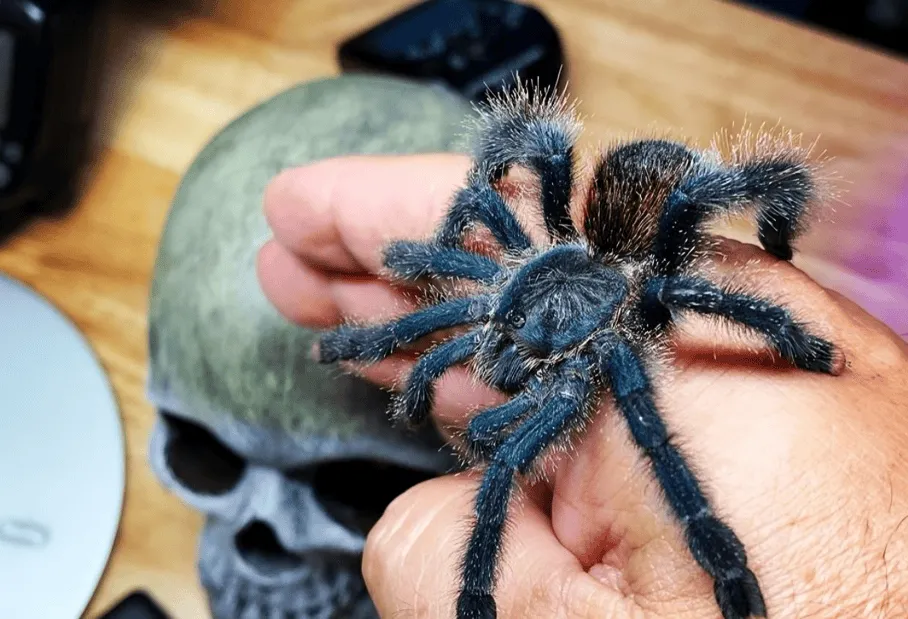
Proper nutrition is vital for the health and well-being of a Pink Toe Tarantula. They are insectivores, and their diet should primarily consist of insects like crickets, roaches, and mealworms. The size of the prey should be appropriate for the tarantula’s size; young spiderlings require smaller prey. Feeding frequency also varies depending on age and growth stage. Spiderlings need more frequent feeding than adults. Supplementing the diet with vitamin-enriched insects can further enhance their health. Avoid overfeeding, as this can lead to health issues. Ensuring a varied and nutritious diet contributes to their growth, molting, and overall health. Providing a healthy diet promotes a vibrant and thriving tarantula. The right balance of nutrients is key.
Water and Hydration Requirements
Water is essential for Pink Toe Tarantulas. Providing a fresh water source is key to ensuring proper hydration. A shallow water dish is ideal for spiderlings, while a larger one works for adults. Water should always be available and should be changed regularly to prevent contamination. Maintaining adequate humidity levels also contributes to hydration. Dehydration can cause serious health issues, including molting problems and lethargy. Monitoring humidity and providing a reliable water source ensures the Pink Toe Tarantula stays healthy and well-hydrated. Providing clean water and maintaining appropriate humidity are vital aspects of their care and contribute to their overall well-being. Access to clean, fresh water is non-negotiable.
